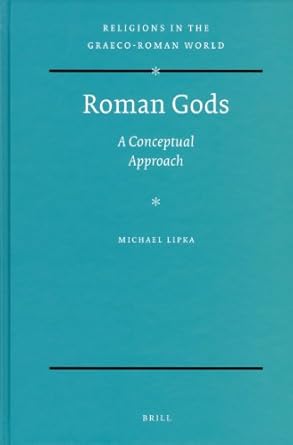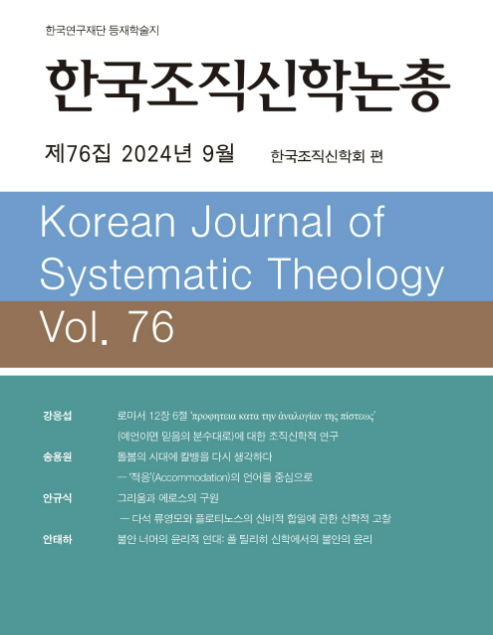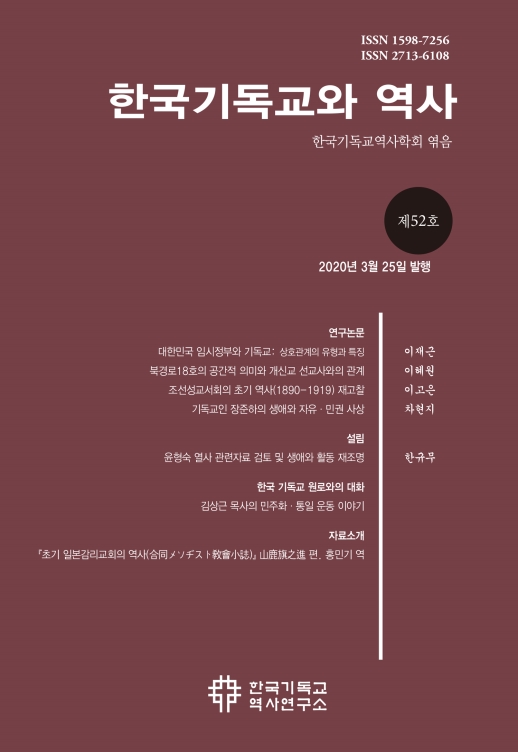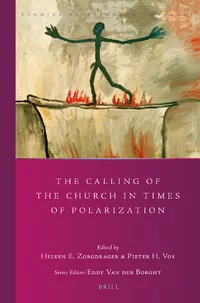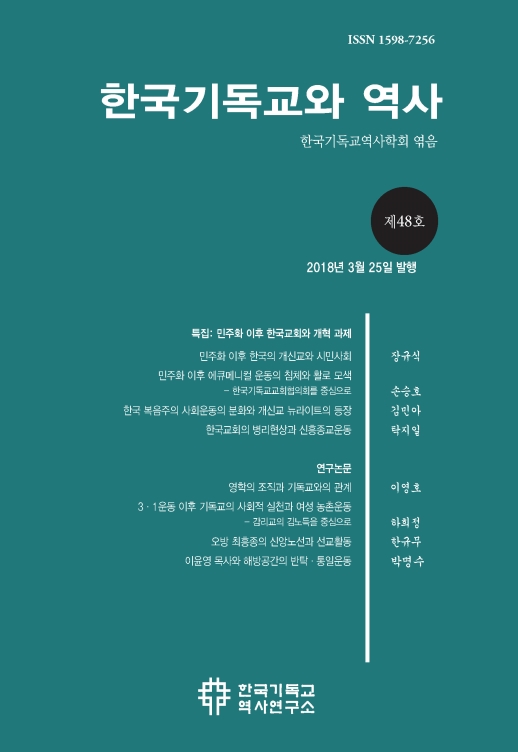본서는 도시 로마의 ‘신’ 개념을 공간, 시간, 인원, 기능, 도상, 그리고 의례라는 여섯 가지 구성 개념에 따라 어떻게 분석할 수 있는가의 문제를 다룬다. 과거의 연구들이 신격화된 황제나 영웅 숭배의 경우처럼 서로 다른 개념들이 명백히 중첩되는 비교적 드문 사례에서만 로마 신들의 개념적 본질에 초점을 맞추는 경향이 있었던 반면, 이 책은 고대 로마(그리고 더 나아가 다른 지역)의 이교, 유대교, 기독교의 신 개념을 분석하기 위한 일반적인 기준을 개발한다. 이 책의 주장은 오직 콘스탄티누스 시대까지의 수도 로마의 증거에만 기반하지만, 결론부에서는 그 결과를 다른 종교적 신념 체계와 비교함으로써 이 개념적 접근법의 일반적인 적용 가능성을 증명한다.
The book is concerned with the question of how the concept of "god" in urban Rome can be analyzed along the lines of six constituent concepts, i.e. space, time, personnel, function, iconography and ritual. While older publications tended to focus on the conceptual nature of Roman gods only in those (comparatively rare) instances in which different concepts patently overlapped (as in the case of the deified emperor or hero-worship), this book develops general criteria for an analysis of pagan, Jewish and Christian concepts of gods in ancient Rome (and by extension elsewhere). While the argument of the book is exclusively based on the evidence from the capital up to the age of Constantine, in the concluding section the results are compared to other religious belief systems, thus demonstrating the general applicability of this conceptual approach.


